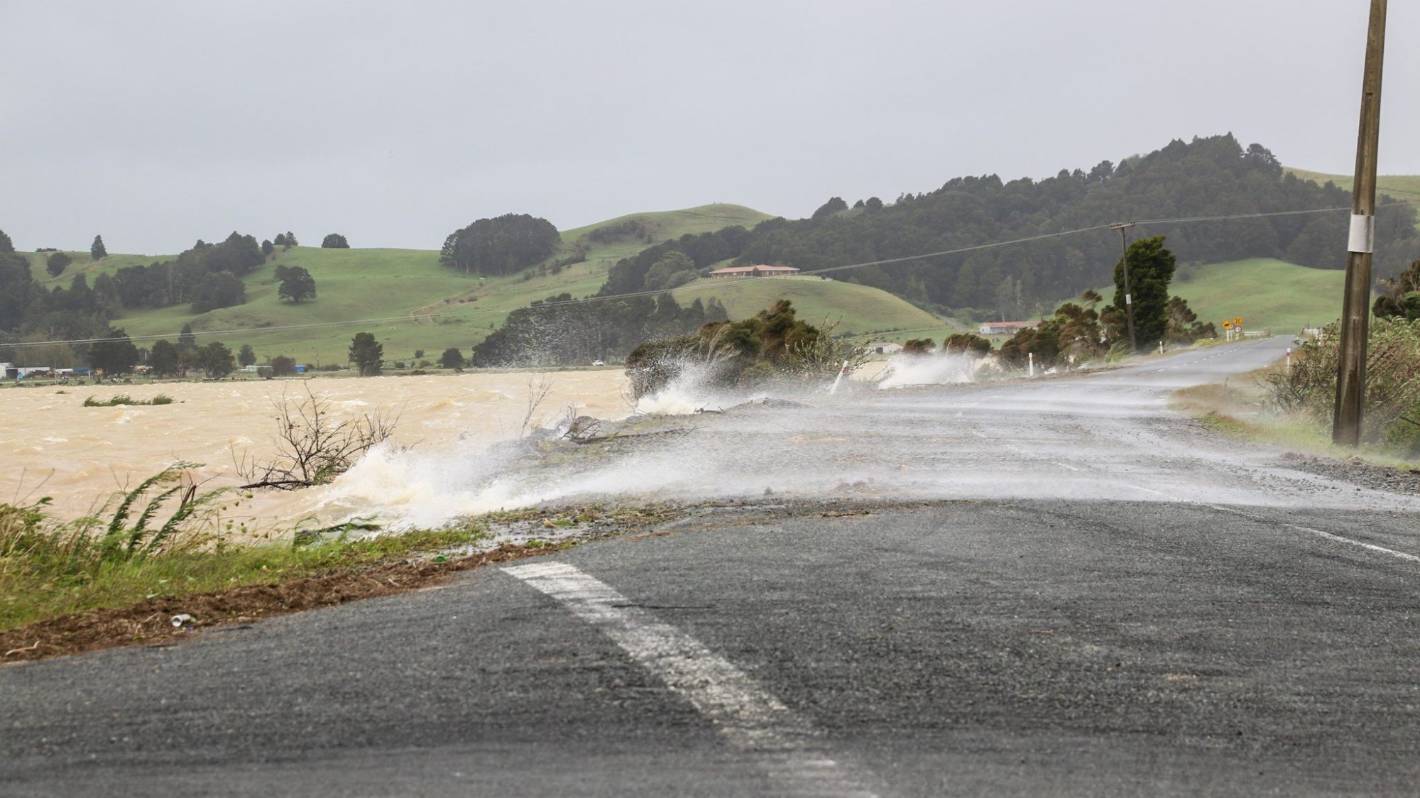The recovery and clean-up from Cyclone Gabrielle is ongoing in Northland – the first region in the country to be hit by the devastation.
The cyclone caused widespread flooding, slips and tree damage throughout the region, leading to evacuations and dramatic rescues through floodwaters.
There were no lives lost in Te Tai Tokerau due to the cyclone.
However, power cuts, communications and roading access continue to be issues for hundreds.
READ MORE:
* Cyclone-stricken Northland ‘could’ve had more help’, Whangārei mayor says
* Cyclone Gabrielle: What you need to know about the Northland clean-up
* Cyclone Gabrielle: Rural Northland still under water, days after storm
Here is a break-down of the Cyclone Gabrielle recovery numbers for Northland, showing the extent of the damage.
1497
This is the number of homes and business still without power on Wednesday.
Northpower, which covers Whangārei and Kaipara districts, says 340 customers are impacted by high-voltage faults and about 1000 have power cuts due to low voltage or localised issues.
Top Energy has 157 customers without power in the Far North, most with faults on their private service lines.
Most of these customers are also without mobile phones or wifi.
Jaymin McGuire/Stuff
Cyclone Gabrielle’s winds whip up flooded water across Jordan Valley Rd in Whangārei on February 14. More than 400mm of rain was recorded nearby.
10
The number of days many houses and farms have been without power.
Far North mayor Moko Tepania says for rural communities, this means no running water for this amount of time, as their rainwater tanks are usually pumped by electric pumps.
Many have lost freezer-loads worth of food, which are usually stocked because of the distance to the supermarket.
Kaipara mayor Craig Jepson says without power to milk their cows, many dairy farmers have had to dry off their stock, losing their main source of income.
RNZ
Hundreds of Northlanders are still having to get by without electricity more than a week after Cyclone Gabrielle hit.
Zero
The number of people in Northland missing or unaccounted for, according to Northland police.
All those reported uncontactable in Northland have now been reached, police confirmed on Tuesday.
17
The number of roads closed across Te Tai Tokerau.
This includes State Highway 1 at Brynderwyn Hills, south of Whangārei, and the ongoing closure of SH1 at Mangamuka Gorge, south of Kaitāia.
In Whangārei, there are nine local roads still closed by slips. A further 76 slips and fallen trees are impacting local roads across the district but they are passable with caution.
In the Far North, there are two local roads still closed and a further 11 either down to one lane or still impacted by slips.
In Kaipara, four local roads are still closed and there are a further 48 issues, such as slips, which still need to be fixed.
8
Jaymin McGuire/Stuff
Eight buildings have been red-stickered by local councils but countless other assets – such as this beach access at Ruakaka – have also been damaged.
The number of Northland buildings given a red sticker by the local council, meaning they cannot be entered.
In Whangārei, three homes have been red-stickered and 14 have received yellow stickers, which means entry is restricted. A further nine are awaiting assessment.
In Kaipara, four homes have been red-stickered and nine have been yellow stickered, although a Kaipara District Council spokesperson says this number is constantly changing.
Far North District Council red-stickered one property in the Bay of Islands.
10.9
The largest wave, in metres, recorded at the height of the cyclone in the Bay of Islands.
A number of other weather records were also measured throughout Te Tai Tokerau.
A total of 408.7mm of rain was recorded at Glenbervie Forest in Whangārei, while the largest wind gust was 141kph, recorded at Cape Reinga.
$500,000
The amount of money announced by central government on Tuesday for Northland mayoral relief funds.
Newly appointed Northland Cyclone Recovery Minister Kelvin Davis says the funding will be just the beginning of central government support.
Far North mayor Moko Tepania says people will be able to apply for the fund to cover whatever they need, such as uninsured property or business losses.




